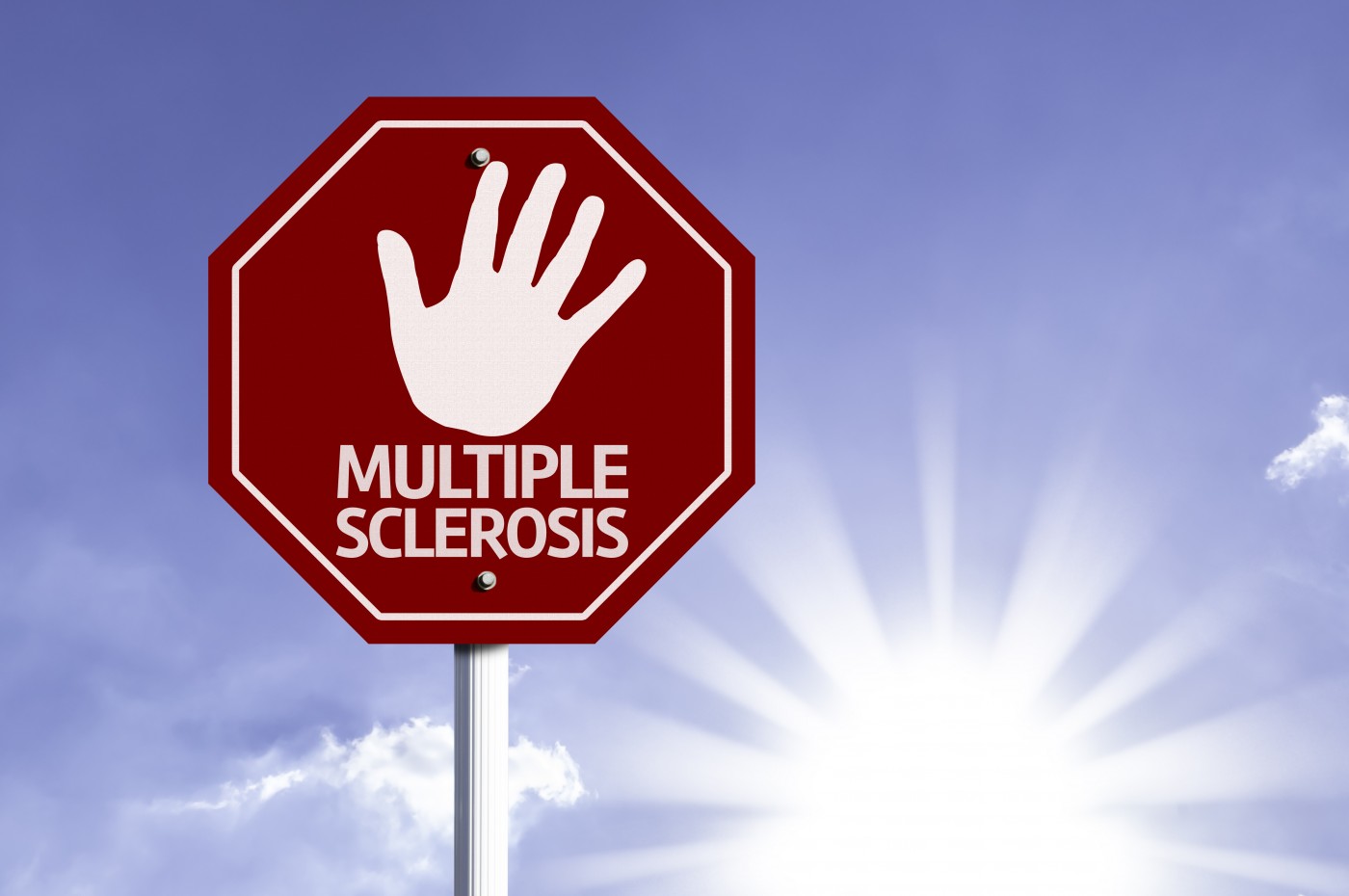MS Researchers Gather in Texas to Share Findings, Advance Ideas

The Fifth Tykeson Fellows Conference brought senior multiple sclerosis (MS) scientists together with nearly 100 young research and clinical fellows from the National Multiple Sclerosis Society, MS Society of Canada, and MS International Federation to promote collaboration, networking, and the sharing of research data with the goal of improving patients’ lives and developing therapies that might stop disease progression.
The November meetings, organized by the National Multiple Sclerosis Society and held in Fort Worth, Texas, included several presentations from senior scientists and fellows, the display of 66 posters, and allowed scientists to meet MS patients. According to a news release, Cyndi Zagieboylo, President and CEO of the National MS Society, welcomed the scientists by stating, “It’s energizing to be with you and hear your excitement for the work you are doing to solve MS. You are part of an integrated movement to change the world for people living with MS. Lives are changing because you focused on this work!”
Stephen Hauser, MD, from the University of California, San Francisco, gave The Patricia A. O’Looney Memorial Lecture, in memory of a former Society vice president of Biomedical Research. Dr. Hauser described the challenges in MS research and diagnostic techniques before magnetic resonance imaging (MRI) and symptom-managing therapies became available. He also spoke about the first relapsing MS studies on rituximab, a first-generation monoclonal antibody therapy that could deplete immune B cells and would lead to the development of ocrelizumab.
The speaker sessions included presentations from senior scientists reporting these advancements:
- Action imaging of myelin damage and repair: Fellow Jennifer Orthmann-Murphy, MD, PhD (The Johns Hopkins School of Medicine), presented a model that uses time-lapse imaging to observe myelin damage in mice, loss of oligodendrocytes (cells that produce myelin) and repair. The presentation earned the Dr. Orthman-Murphy conference’s award for top platform presentation.
- Discovering new therapies using zebrafish: Postdoctoral fellow Marnie Preston, PhD (The University of Colorado), described her team’s efforts and research strategy for the screening of new therapies. The researchers use the zebrafish model, a see-through organism that allows the visualization of myelin formation, to aid the discovery of new compounds to boost myelin repair.
- Oligodendrocyte progenitors: Senior scientist Dwight Bergles, PhD (Johns Hopkins), highlighted the unexplored potential of immature cells (oligodendrocyte progenitors) beyond that of generating mature myelin-producing cells, saying, “We are looking at progenitors in too narrow a view. Progenitors are found everywhere, even in regions where there is no myelin. They may be involved in conditioning the environment around the lesion [area of tissue damage] to allow myelin repair to occur.”
- Research to stop disease progression: Harry Weaver Neuroscience Scholar Francisco Quintana, PhD (Harvard Medical School), described his research team’s finding that if a type of brain cells (astrocytes) are removed during the acute phase of disease, MS worsens, but if removed during the progressive phase, disease improves. The evaluation of astrocyte-related gene activity has led to the identification of the molecule B4galt6, also present in the tissue of MS patients, which when inhibited may reduce disease progression.
- Profiling immune cell attack: Postdoctoral fellow Jessica Williams, PhD (Washington University in St. Louis), described her team’s research, led by Robyn Klein, MD, PhD, which focuses on determining factors that lead immune cells to enter specific parts of the central nervous system in MS. Ultimately, the team aims to profile a person’s activated T cells and the damage site, so therapy and rehabilitation can be personalized and more effective. So far, the team has identified the molecule CXCL12 as a possible driver of the process.
- Plasticity of the brain: Senior scientist Kathleen Zackowski, PhD (Kennedy Krieger Research Institute), highlighted the lack of correlation between injured areas observed on MRI scans of MS patients and their clinical symptoms. Dr. Zackowski referred to the plasticity of the brain, its ability to rewire and adapt following damage, to explain this lack of correlation, saying, “We should recommend rehabilitation as early as possible, but there is also evidence that neuroplasticity can occur later in the course of MS.”
The Tykeson Fellows Conference offered young and senior scientists alike a chance to share data and network around a common goal, that of treating MS. “We are grateful for the opportunity to work on this very enigmatic puzzle, and we aim to solve it,” said fellow Bardia Nourbakhsh, MD, from the University of California, San Francisco.






